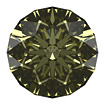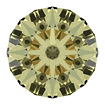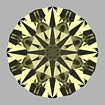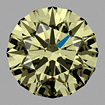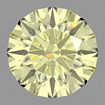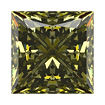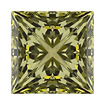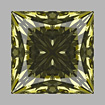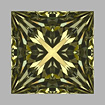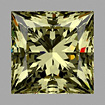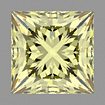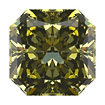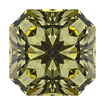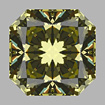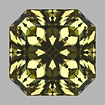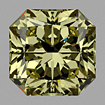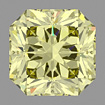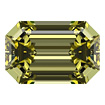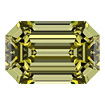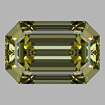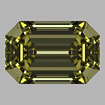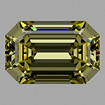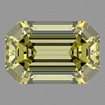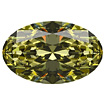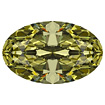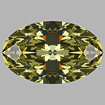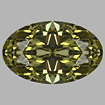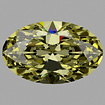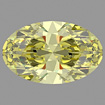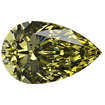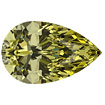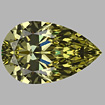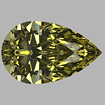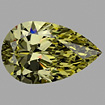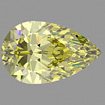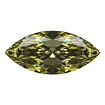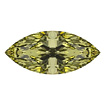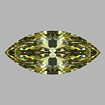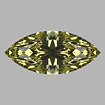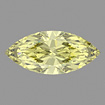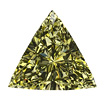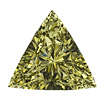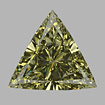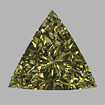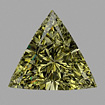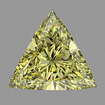Study of Interdependence: Fancy-color Diamond Appearance, Cut, and Lighting Conditions
Home
Projects
Study of Interdependence: Fancy-color Diamond Appearance, Cut, and Lighting Conditions
 |
|
Poster Prezentation at IV Gemological Symposium, San Diego, Ca, USA 27-30 Aug 2006
Sergey Sivovolenko, OctoNus Software, Moscow, Russia
Yuri Shelementiev, Diamond Design, Moscow, Russia
- Introduction
- The DiamCalc modeling technology
- Colored diamond models under various illuminating conditions
- Colored diamond models based on another type of absorbtion spectum
- Appendix
1. Introduction
To optimize diamond cut proportions, one should consider three factors: illumination, the diamond itself, and human perception. These factors can be approximated by using computer modeling. During color grading, a diamond is compared against color master-stones or other diamonds in standard illumination and viewing conditions. However, there are many different environments where diamonds are demonstrated, sold, or worn. Even if two conditions are fixed, a change in a third condition can dramatically change the overall perception of a diamond.
To study variations in a stone's appearance, we have photographed various cuts made of colored cubic zirconia (CZ) under various illumination conditions.
| Magna Colorscope light off |
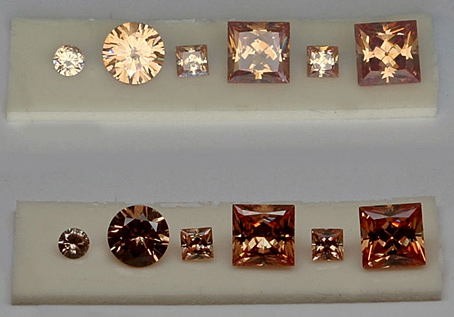 |
| Magna Colorscope light on |
| Figure 1. A set of CZ polished from one piece of material is picured in the Magna Colorscope light box. |
|
|
| Magna Colorscope light off |
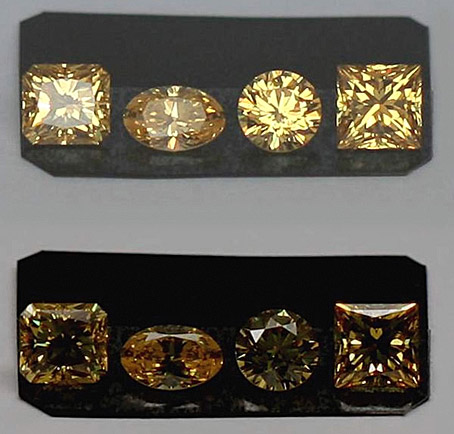 |
| Magna Colorscope light on |
| Figure 2. A CZ set of another color under the same Magna Colorscope illumination. |
|
The same lighting conditions were modeled in DiamCalc software, and the three-dimensional models of stones were obtained using a noncontact measuring device - Helium Polish scanner developed by OctoNus. A three-dimensional model contains information about cut stone's shape, facet arrangement, real symmtry features, slope and index (azimuth) angles of each facet.
| Magna Colorscope light off |
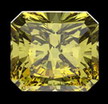 |
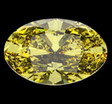 |
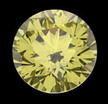 |
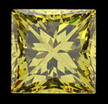 |
| Magna Colorscope light on |
 |
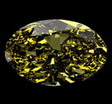 |
 |
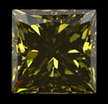 |
| |
| Figure 3. DiamCalc images of polished CZ built on the base of Helium scanned 3D models. The hue of actual stones is much closer to the hue of these images than to the hue of the photos. Top row: Magna Colorscope is off. Bottom row: Magna Colorscope is switched on. The background is modeled black. |
|
|
2. The DiamCalc modeling technology
The modeling technology was verified by comparison of actual photos under a ring shaped light source and Diam Calc 3D models of a yellow round brilliant CZ (Figure 4):
| Photo |
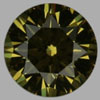 |
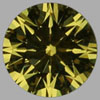 |
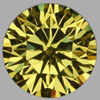 |
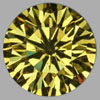 |
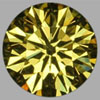 |
| DiamCalc Image |
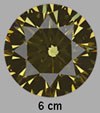 |
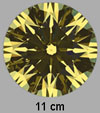 |
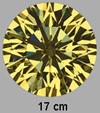 |
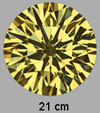 |
 |
| |
| Figure 4. A colored round brillian cut CZ with proportions close to Tolkowsky is photographed and modeled (botom row) under a ring-shaped, daylight-equivalent lamp. |
The DiamCalc software can closely model the appearance of polished colored stones in any lighting condition, thus it is possible to model the appearance of any colored CZ or diamond in various cuts as represented in figure 5.
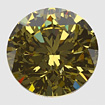 |
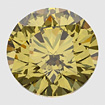 |
 |
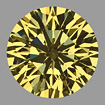 |
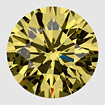 |
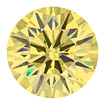 |
 |
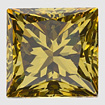 |
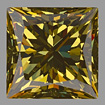 |
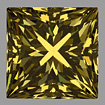 |
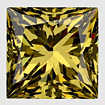 |
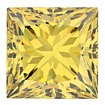 |
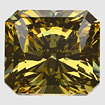 |
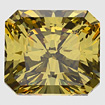 |
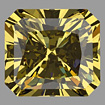 |
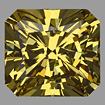 |
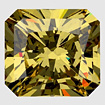 |
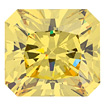 |
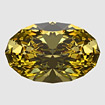 |
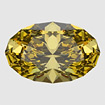 |
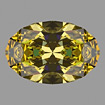 |
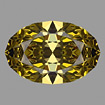 |
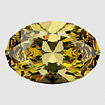 |
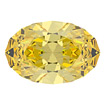 |
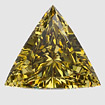 |
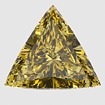 |
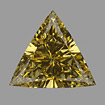 |
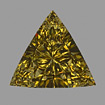 |
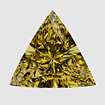 |
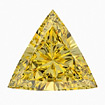 |
Magna Colorscope
light on |
Magna Colorscope
light off |
Ring 6 cm |
Ring 17 cm |
Office |
Jewelry store (white background) |
| |
| Figure 5. Five cuts (round, princess, radiant, oval, and triangle) are modeled in DiamCalc software under various illumination conditions. The round, princess, and radiant cuts are scanned models with real symmetry deviations. The oval and the triangle cuts are parametrical models. Each row contains images of the same stone model in different lighting conditions. The ring lightings are symmetrical illuminations, while the office and jewelry store environments are "real situation" illuminations; these stones are modeled face-up. |
There are shapes and proportion sets that have better look in one illumination but worse on another. But other shapes are more stable to lighting changes:
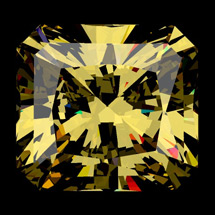 |
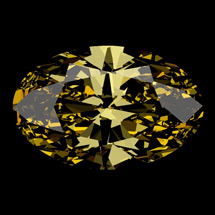 |
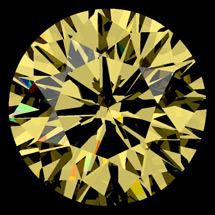 |
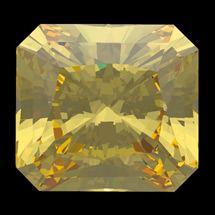 |
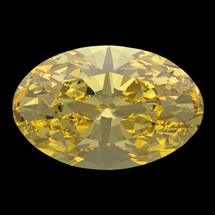 |
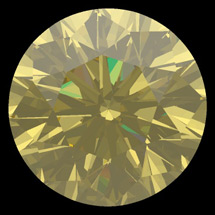 |
| |
| Figure 6. A radiant cut apearance is more stable while an oval is better in the Dialite light (bottom row) and a round is better in the Office light (top row). The background is modeled |
3. Colored diamond models under various illuminating conditions
Even though these results were obtained with CZ material, diamond appearance can be modeled with this software (see Figures 7 and 8) by using the appropriate refractive index and the absorbtion spectrum.
It is advisable to use several controlled lighting conditions when designing and optimizing new cuts because of diamond's variability in appearance under different lighting conditions. Diamond proportions that have an inconsistent appearance under different types of lighting can be avoided. A good diamond cut should have an attractive appearance under all lighting conditions. One can use computer models of several common illuminations to predict stones appearance before stones are cut.
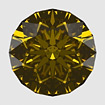 |
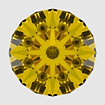 |
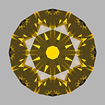 |
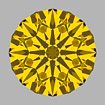 |
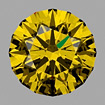 |
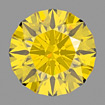 |
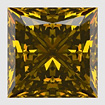 |
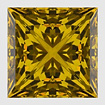 |
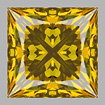 |
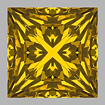 |
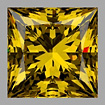 |
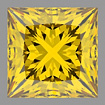 |
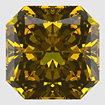 |
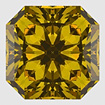 |
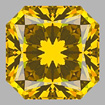 |
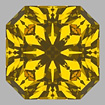 |
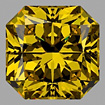 |
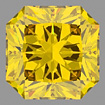 |
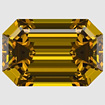 |
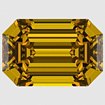 |
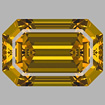 |
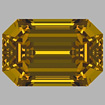 |
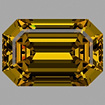 |
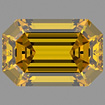 |
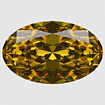 |
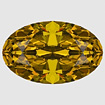 |
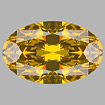 |
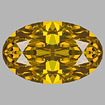 |
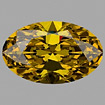 |
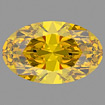 |
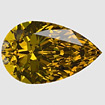 |
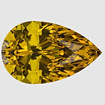 |
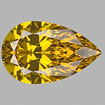 |
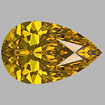 |
 |
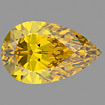 |
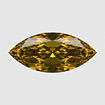 |
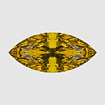 |
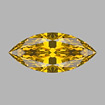 |
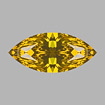 |
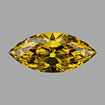 |
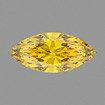 |
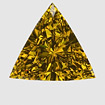 |
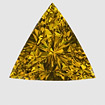 |
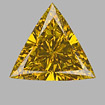 |
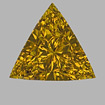 |
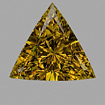 |
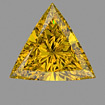 |
Magna Colorscope
light on |
Magna Colorscope
light off |
Ring 6 cm |
Ring 17 cm |
Office |
Jewelry store |
Figure 7. Colored diamond models under various illuminating conditions. Stones size 7 mm.
4. Colored diamond models based on another type of absorbtion spectum
5. Appendix
Data of spectrums are used in the poster:
- Yellow CZ absorbtion spectrum is used for Figures 1-6.
- Yellow diamond absorbtion spectrum is used for Figures 7.
- Yellow diamond absorbtion spectrum is used for Figures 8.
Download DiamCalc files used in the poster









































































































